20.11.2024
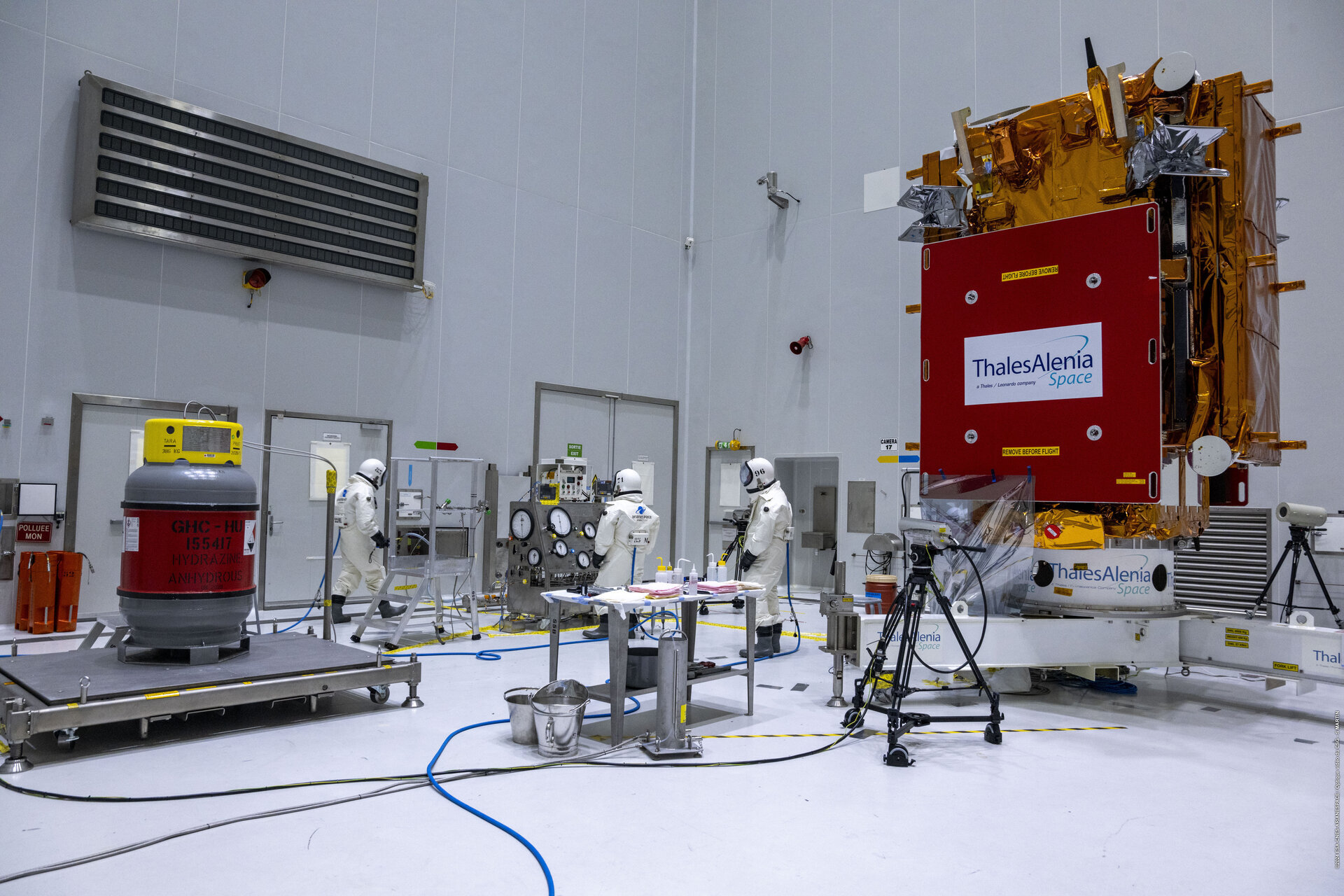
Marking a major milestone in the preparation of Copernicus Sentinel-1C for its scheduled 3 December liftoff, experts have completed the critical and hazardous process of fuelling the satellite.
Once in orbit, Sentinel-1C will extend the Sentinel-1 mission’s legacy, delivering radar imagery to monitor Earth’s changing environment to support a diverse range of applications and scientific research. Additionally, Sentinel-1C brings new capabilities for detecting and monitoring maritime traffic
The satellite has been at Europe’s Spaceport in Kourou, French Guiana, since early October, being tested and readied for its big day – the all-important launch on a Vega-C rocket. Notably, this launch marks Vega-C’s return to flight, a key step in restoring Europe’s independent access to space.
With over a month of preparations completed at the spaceport, the recent ‘flight readiness review’ along with the fact that the Vega-C rocket is being prepared, signalled authorisation to fuel the Sentinel-1C satellite.

The European Space Agency’s Project Manager for the Sentinel-1 mission, Ramón Torres, said, “The launch campaign here in Kourou has gone very well and our thanks go to all the teams that have been involved.
“The first part of the campaign to launch Sentinel-1C complete and we are entering today the ‘combined operations’ part, which is carried out together with the Arianespace and Avio teams.
“With the satellite fully loaded with 154 kg of fuel, the next step will be to mate it with the launcher adapter and encapsulate them within the Vega-C rocket fairing in preparation for launch on 3 December.”

Carrying advanced radar technology to provide an all-weather, day-and-night supply of imagery of Earth’s surface, the ambitious Copernicus Sentinel-1 mission has raised the bar for spaceborne radar since the launch of Sentinel-1A back in 2014.
The mission is based on a constellation of two identical satellites flying in the same orbit but 180° apart, to optimise global coverage and data delivery for Copernicus, the Earth observation component of the European Union’s Space Programme, managed by the European Commission.
Addressing a temporary gap in coverage owing to Sentinel-1B unexpectedly going offline in 2022 owing to a technical issue, Sentinel-1C, along with its sibling Sentinel-1A, will return the mission to its full potential as a two-satellite constellation.
Sentinel-1A is then due to be replaced by Sentinel-1D later next year.

The Sentinel-1 mission benefits numerous Copernicus services and applications such as those that relate to Arctic sea-ice monitoring, iceberg tracking, routine sea-ice mapping, glacier-velocity monitoring, surveillance of the marine environment including oil-spill monitoring and ship detection for maritime security as well as illegal fisheries monitoring.
It is also used for monitoring ground deformation resulting from subsidence, earthquakes and volcanoes, mapping for forest, water and soil management, and mapping to support humanitarian aid and crisis situations.
Sentinel-1C and Sentinel-1D introduce new capabilities for detecting and monitoring maritime traffic, thanks to their integrated Automatic Identification System (AIS). This system comprises four onboard antennas designed to capture signals transmitted by ships, which include crucial details such as a vessel's identity, location and direction of passage, enabling precise tracking.
A notable advantage of this radar-based monitoring is its ability to detect ships even if they are not broadcasting AIS signals. Such ‘silent’ vessels could potentially indicate illegal activity, prompting further investigation by maritime authorities. This enhanced functionality significantly strengthens efforts to ensure maritime safety and security.
Quelle: ESA
+++
Building Vega-C flight VV25 on its launch pad
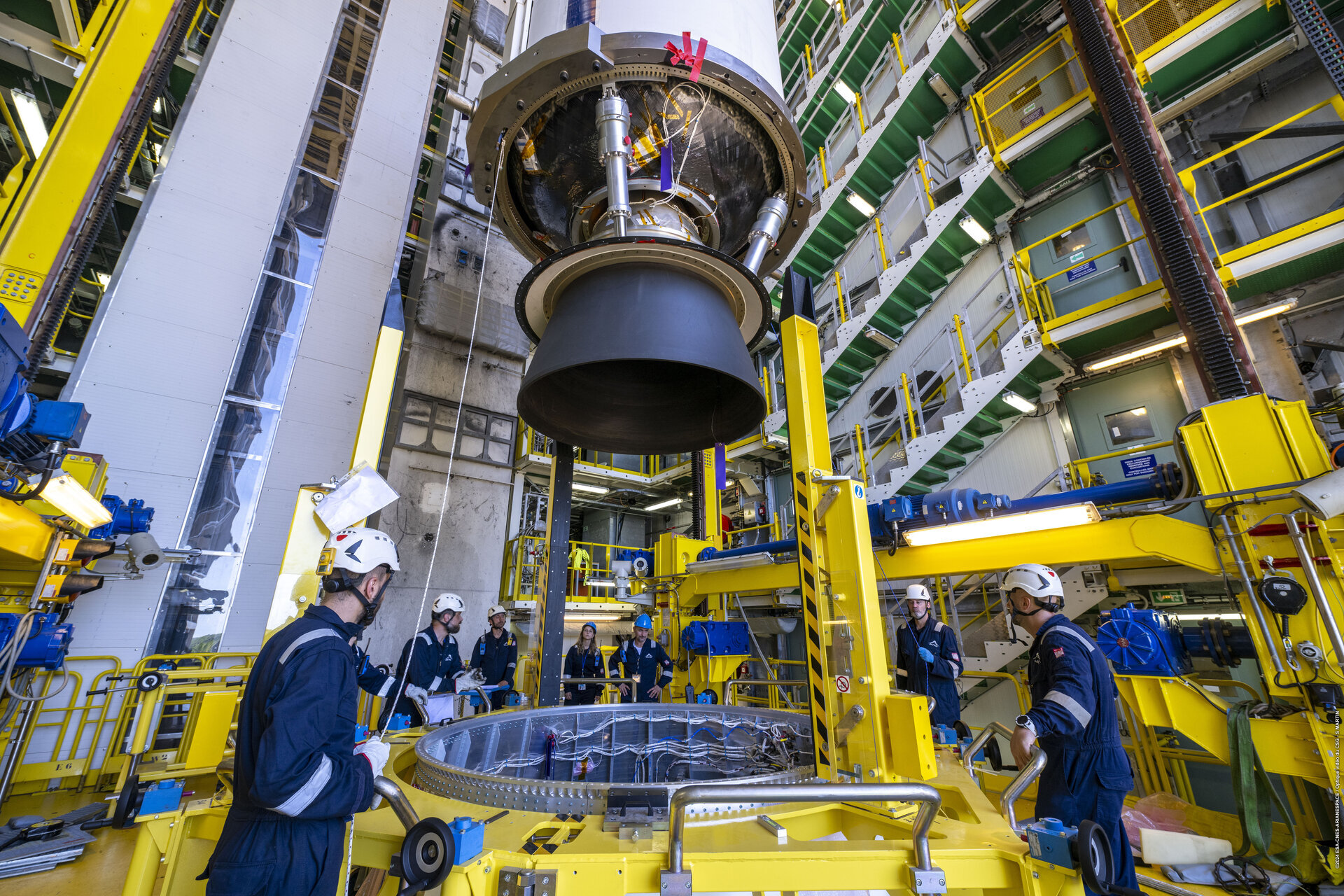
Earth-observer Sentinel-1C is set to launch on Vega-C rocket flight VV25. At 35 m tall, Vega-C weighs 210 tonnes on the launch pad and reaches orbit with three solid-propellant-powered stages before the fourth liquid-propellant stage takes over for precise placement of Sentinel-1C into its orbit.
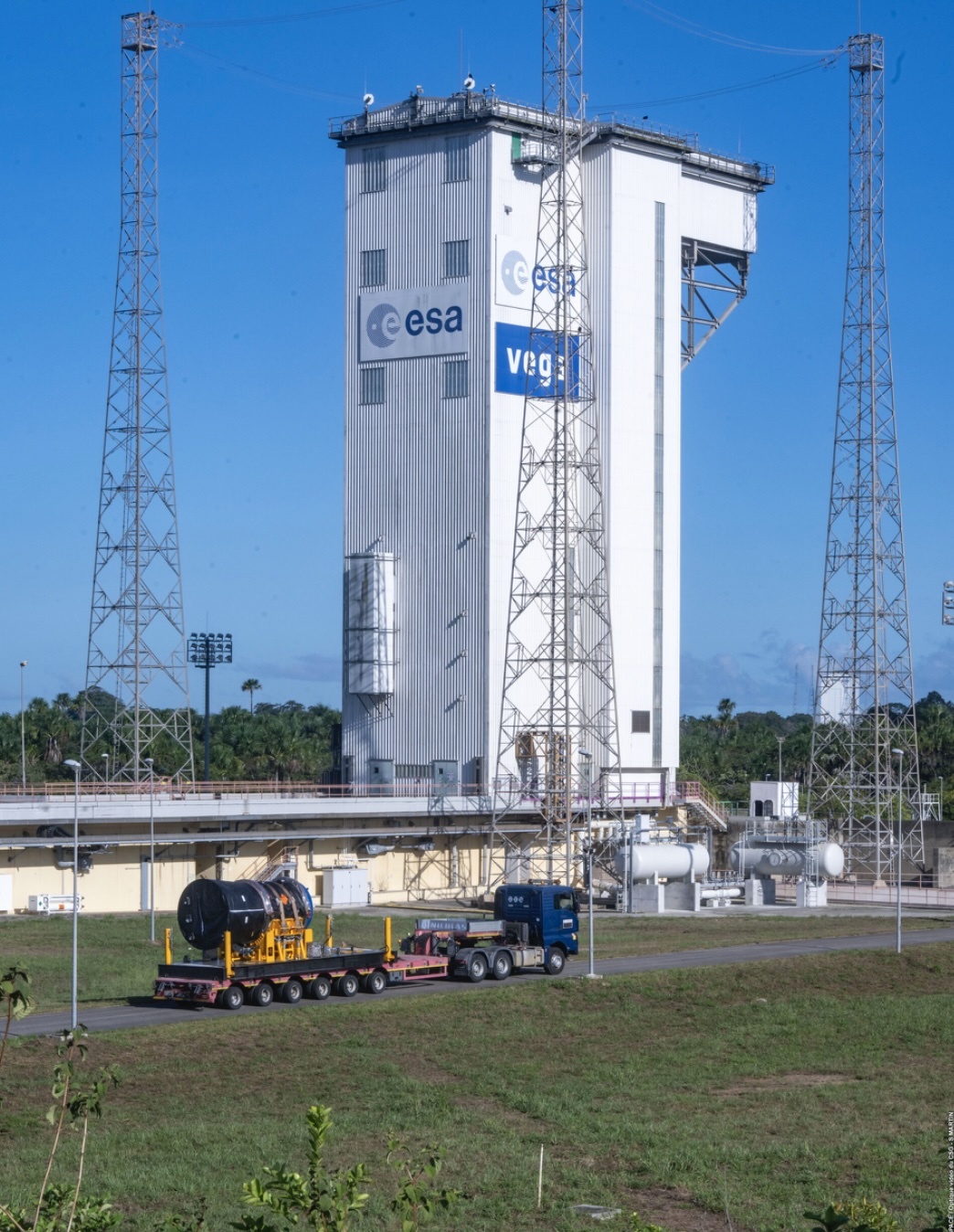
Complementing the Ariane family to launch all types of payloads into their desired orbits, Vega-C ensures that Europe has versatile and independent access to space. ESA owns the Vega-C programme, working with Avio as prime contractor and design authority. Arianespace will serve as the launch service provider for the launch of Sentinel-1C. This launch marks Vega-C’s return to flight, a key step in restoring Europe’s independent access to space.
Carrying advanced radar technology to provide an all-weather, day-and-night supply of imagery of Earth’s surface, the ambitious Copernicus Sentinel-1 mission has raised the bar for spaceborne radar. Copernicus Sentinel-1C is the third Sentinel-1 satellite to be launched. While the European Union is at the helm of Copernicus, ESA develops, builds and launches the dedicated Sentinel satellites.
Quelle: ESA
----
Update: 4.12.2024
.
FLIGHT VV25 NOW SCHEDULED ON DECEMBER 4, 2024
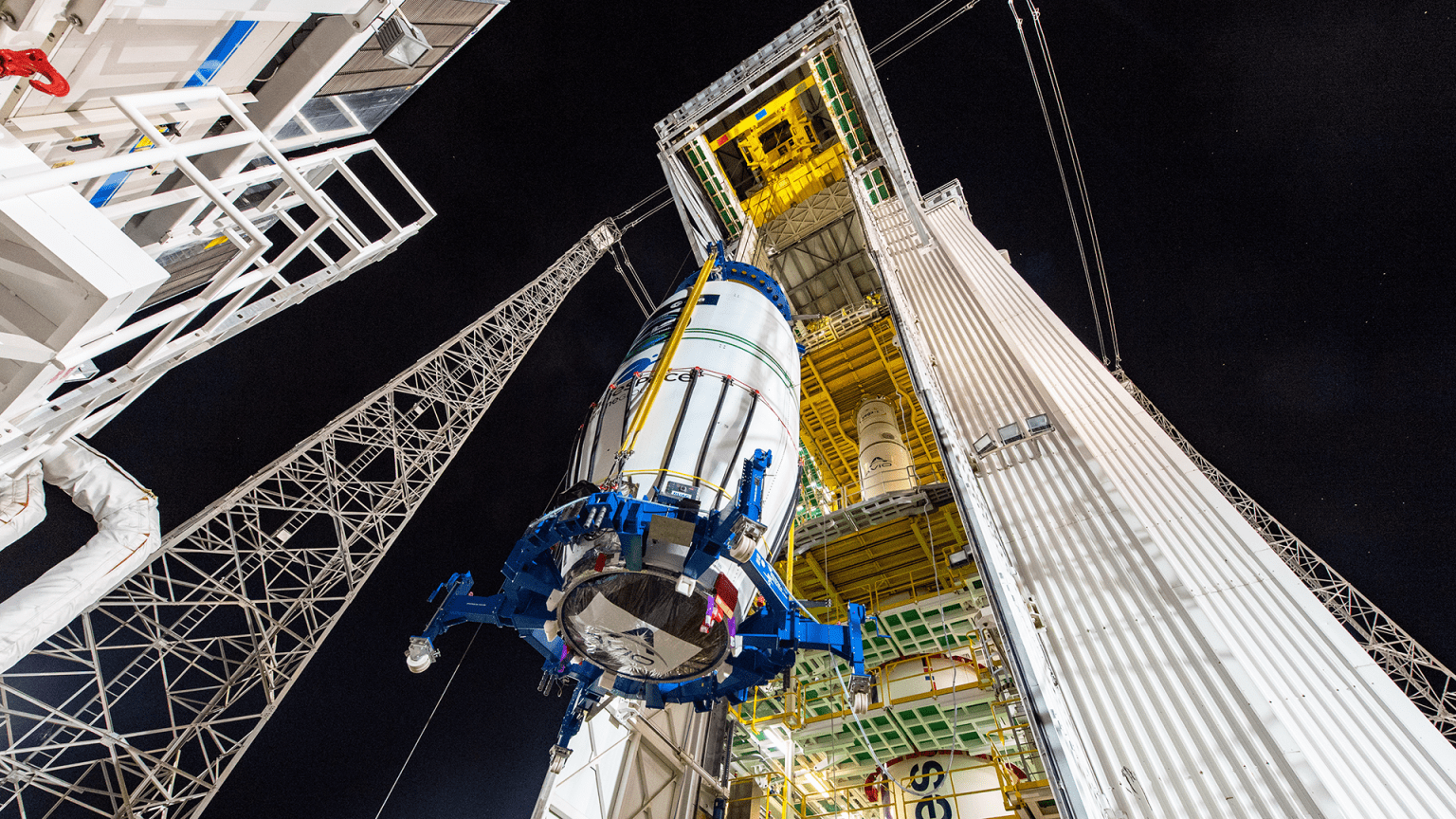
New launch date for Copernicus Sentinel-1C
The additional checks and activities on Flight VV25 Vega C launcher are now completed, authorizing a new launch attempt by Arianespace on December 4, 2024, at 6:20 p.m. (local time in Kourou – 9:20 p.m. UTC, 10:20 p.m. CET).
The launcher and its passenger the Copernicus Sentinel-1C satellite are in stable and safe conditions.
Quelle: arianespace
----
Update: 5.12.2024
.
FLIGHT VV25: POSTPONEMENT OF THE LAUNCH
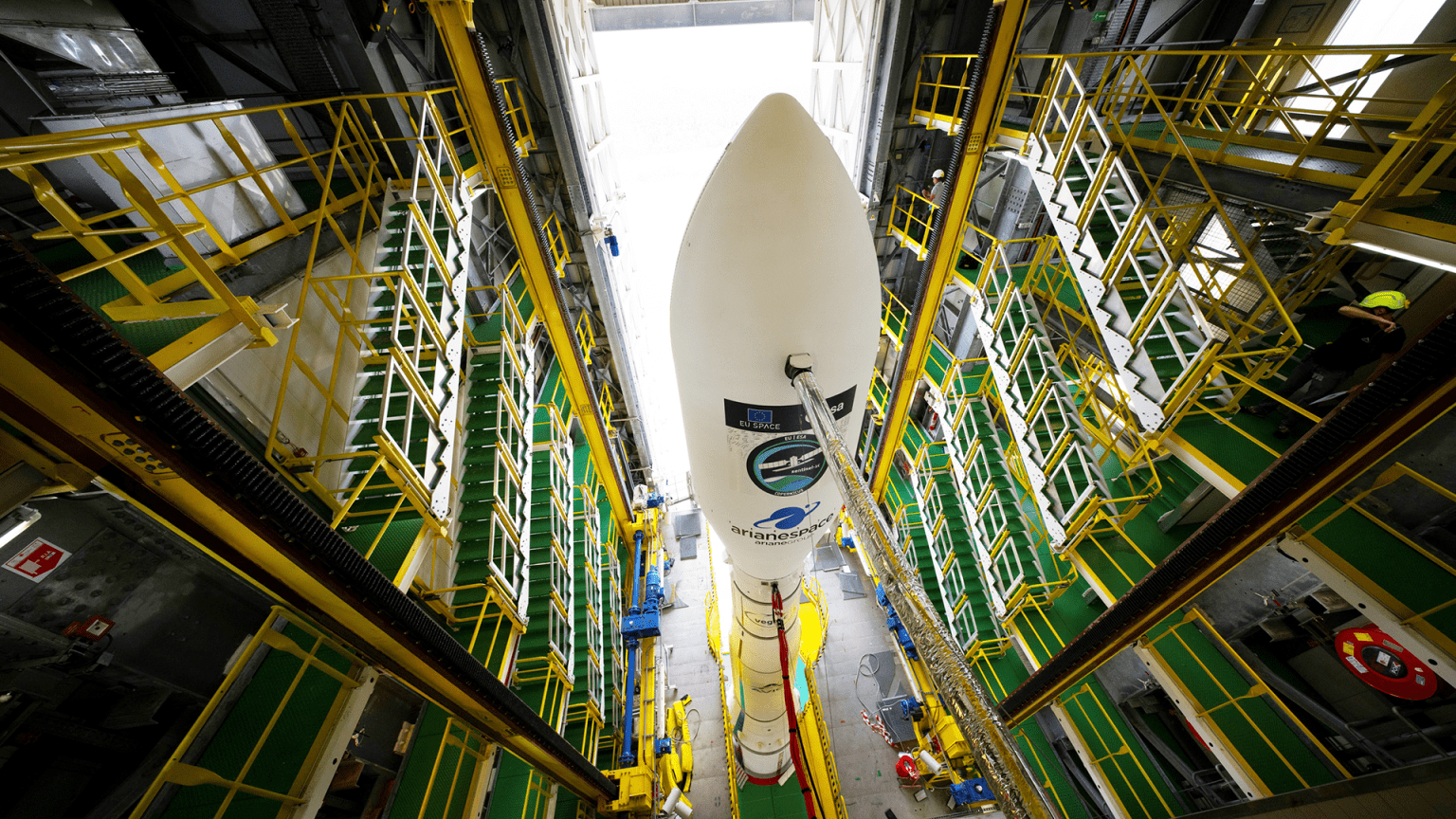
Due to a mechanical issue preventing the withdrawal of the mobile gantry, the launch chronology has been stopped.
The earliest targeted launch date is planned for tomorrow Thursday 5 December 2024, at 6:20 p.m. (local time in Kourou – 9:20 p.m. UTC, 10:20 p.m. CET).
The launcher and its passenger the Copernicus Sentinel-1C satellite are in stable and safe conditions.
Quelle: arianespace
+++
Start von Vega VV25 mit Sentinel-1C Mission
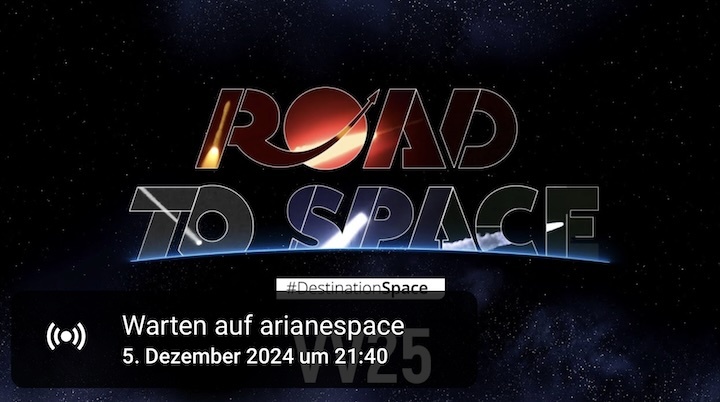
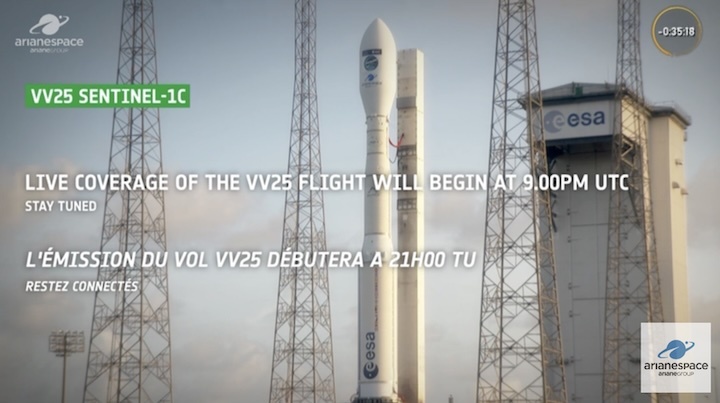
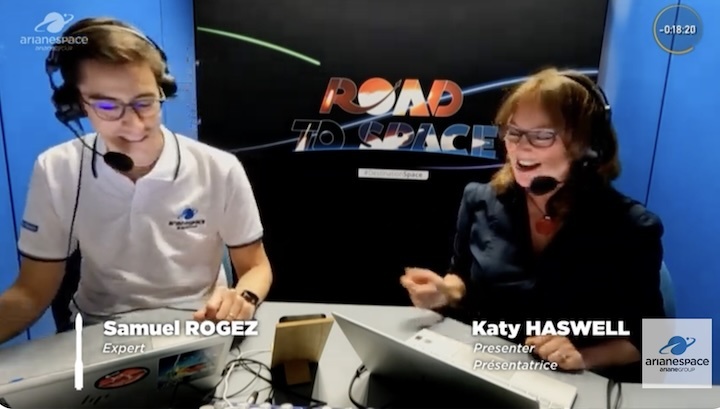
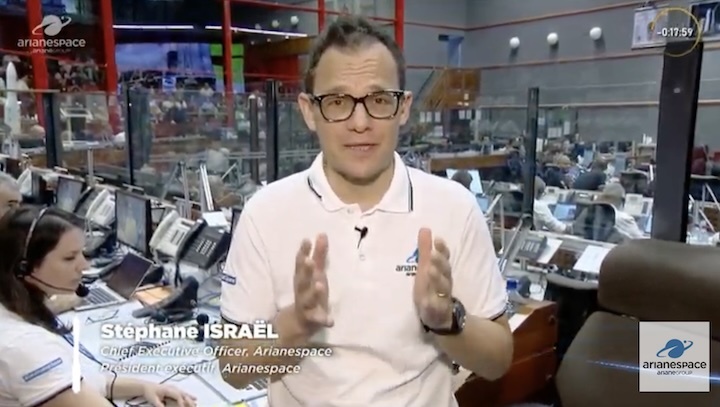
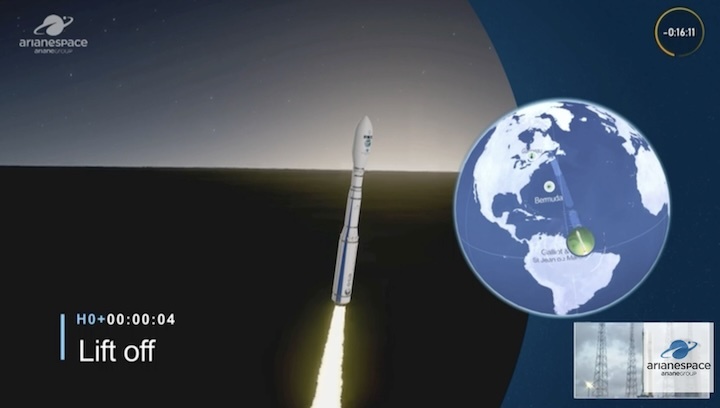
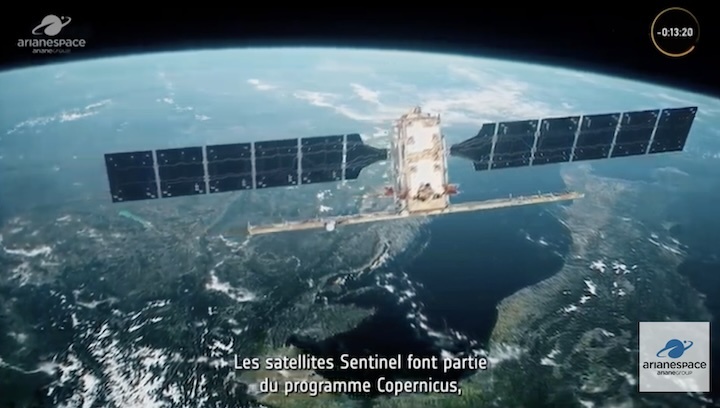

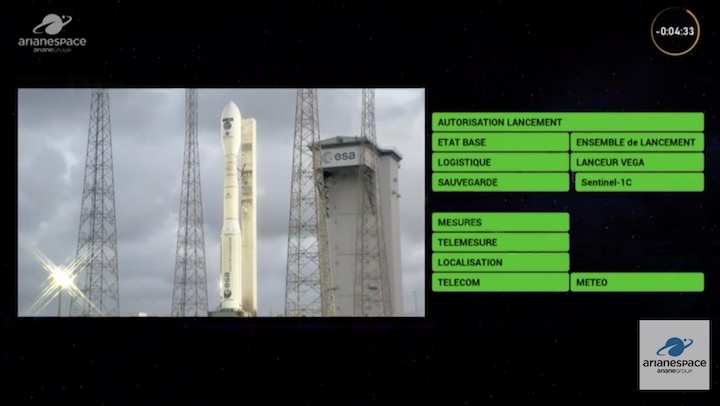
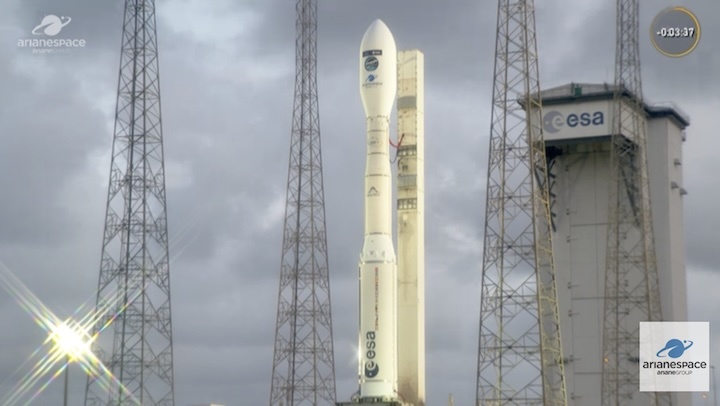
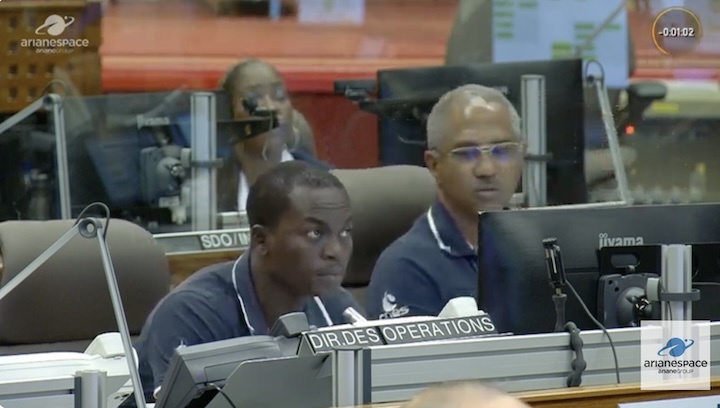
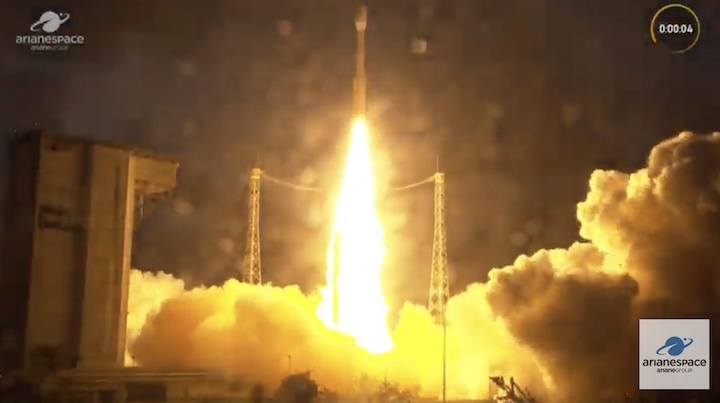
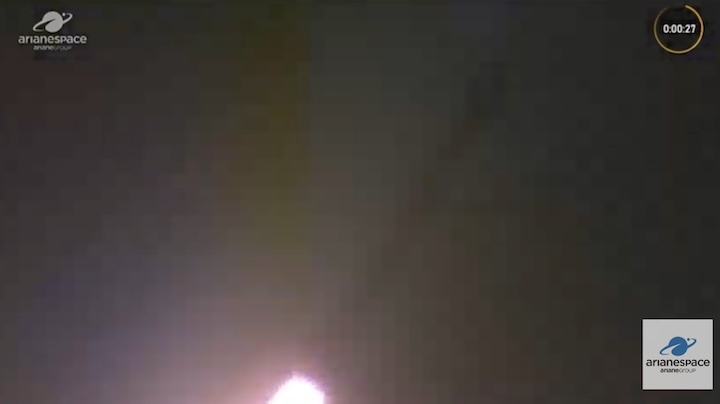
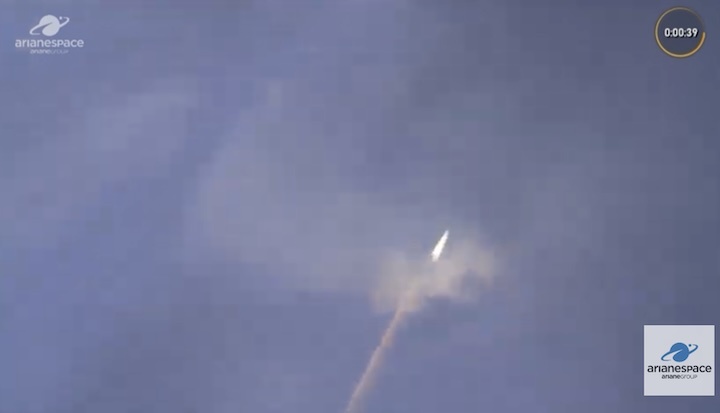
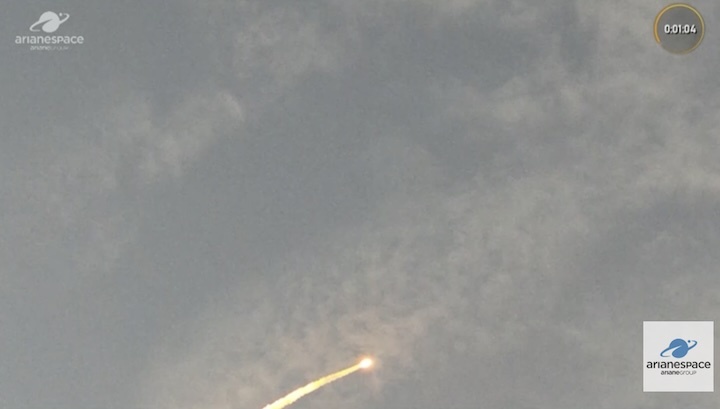
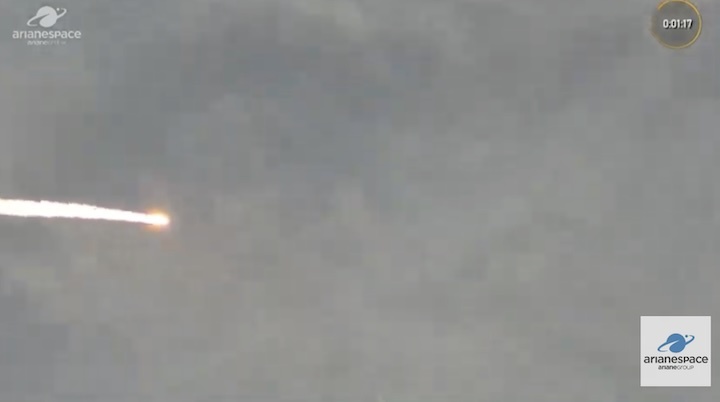
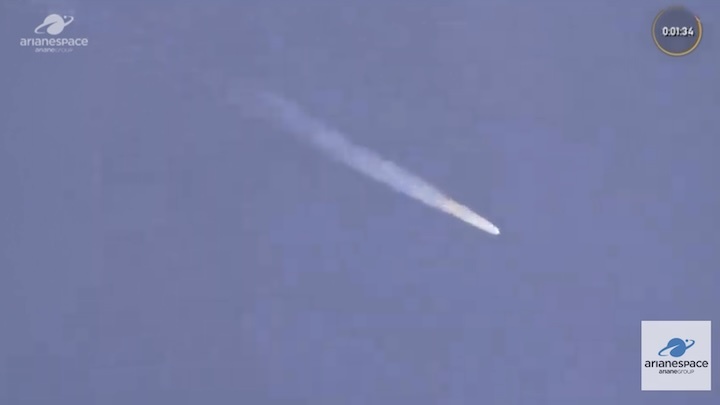
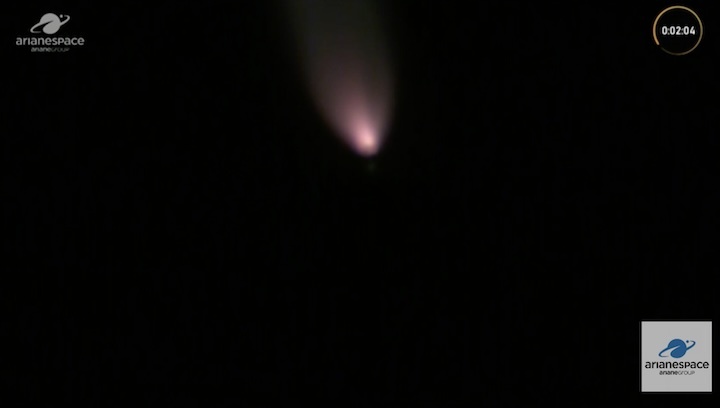
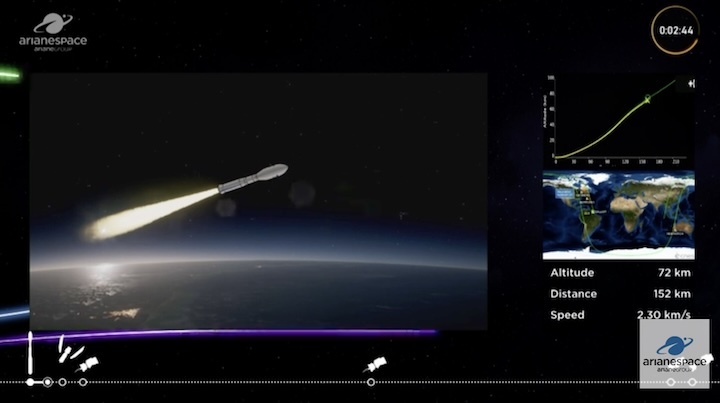
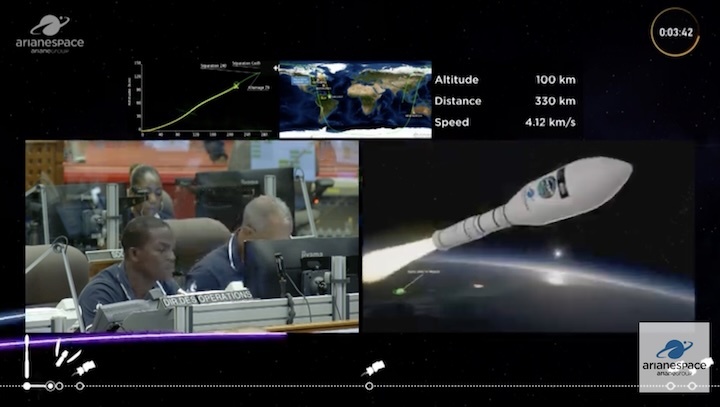
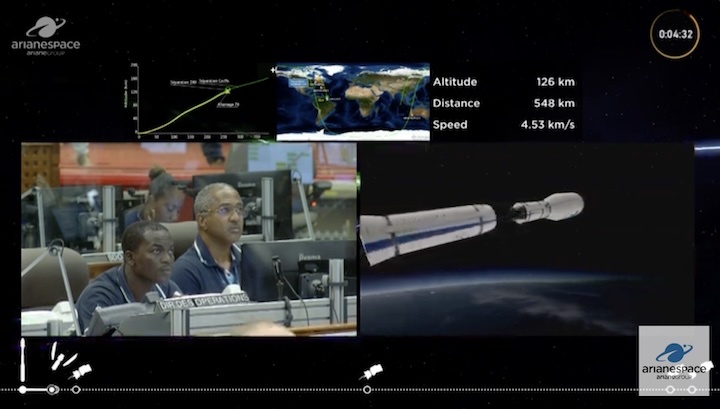
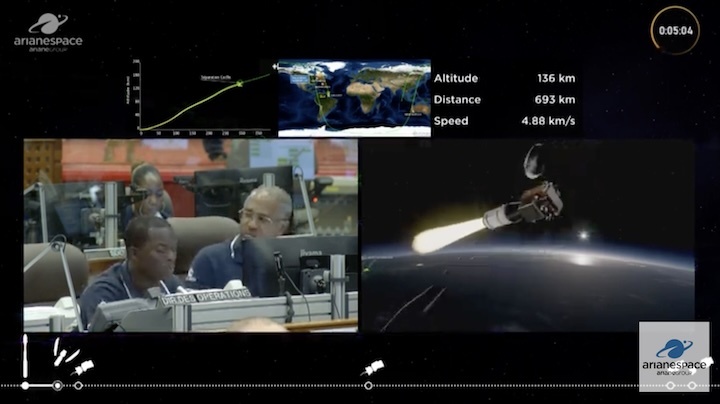

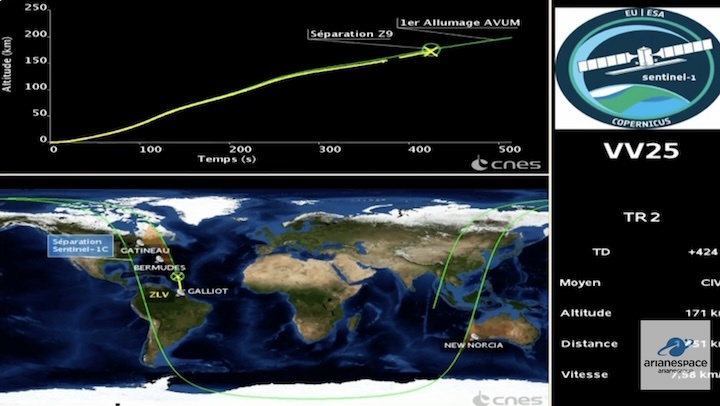
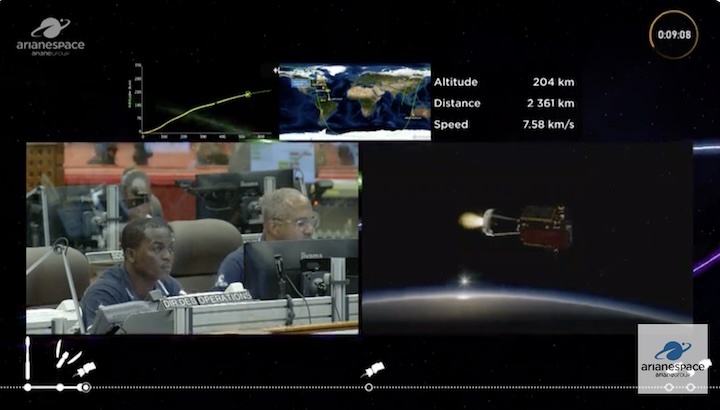
Quelle: arianespace
